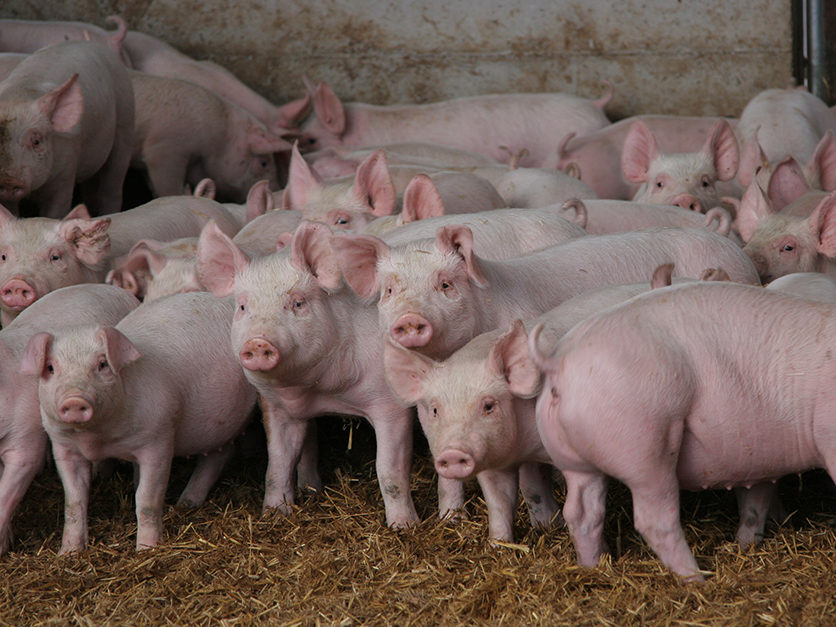Pork Producers Advised to Guard Against Entry of High Path Avian Influenza in Swine Barns

Pork producers are being advised take steps to avoid the introduction of High Path Avian Influenza into the swine barn
by Bruce Cochrane – Farmscape.ca
“I think looking at your biosecurity practices and protocols along with your veterinarian and thinking about how we can deter wild bird access into swine farms as well as think about other risks.
“Cleaning up spilled feed, eliminating those bird nesting sites, controlling rodents, removing wild animal habitats from around swine farms, using bird netting to prevent access into swine barns and repairing curtains where needed.
“We also have additional questions to be learned, thinking about what’s the greatest risk for introduction into the swine industry?
“When we think about those biosecurity aspects, we think about not only bird netting and reducing the bird nests and bird roosting sites near swine farms and near swine air inlets but also we have to think about is there shared equipment with poultry sites or dairy herds?
“Are there operations in which these animals are housed together where the introduction into pigs may be a higher risk?
“The other aspect after the dairy industry introduction is we that have to think about, if you are utilizing dairy products in your feed source for swine, you certainly want to make sure that those products have been pasteurised prior to use, again due to the potential risk of milk products.
“The pasteurization process has proven effective.
“We just want to makes sure any product fed to pigs is indeed pasteurized.“
Dr. Niederwerder notes, in cases where surface water sources are used as drinking water, producers should consider treatment strategies to reduce the risk of that water being a source of virus.
Additional information can be accessed at swinehealth.org.
Farmscape is produced on behalf of North America’s pork producers












